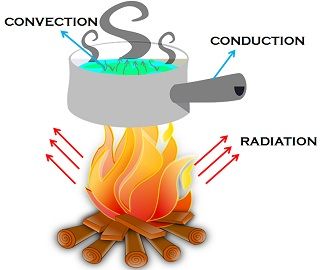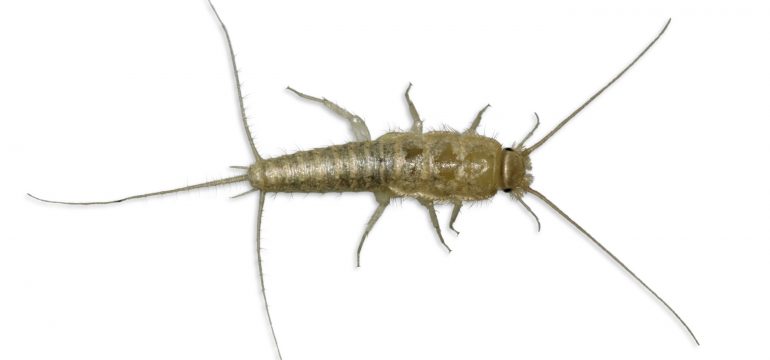This week’s curiosity box covers topics that revolve around what I do when it is winter: scrap ice of windscreens, read, and sip hot chocolate.
This curiosity box covers the following topics.
1 – Why and how does ice form on windscreens?
2 – How do you get rid of pests without killing them?
3 – What is the history of hot chocolate?
1 – Why and how does ice form on windscreens?
As much as I like the festivities during winter, I dislike the difficulties that come with the mornings. I find myself expending my motivation and energy just to get myself to the train station in a 4-degree pitch-dark 6’o clock morning. But what really gets to me is when I first need to get rid of a good thick layer of ice that formed on the windscreen before heading off.
As I was scraping the ice out, I wondered to myself. The windscreen was dry since last night, there was no rain, and the temperature is well above freezing point. The inner curiosity sprang up to know why and how ice forms on a windscreen despite all the conditions I just mentioned.

Recap primary school physics. Radiation is the emission or transmission of energy through space, and all objects emit radiation in the infrared spectrum (i.e. in simpler terms – heat). Convection is the process when the heat is transferred from hot places to cold places.
Compared to the dark night sky, the glass is hotter; therefore, it emits radiation outwards towards the sky. Also, because glass is a poor conductor of heat, it does not absorb enough need from the atmosphere. The water vapour in the atmosphere condenses on the windscreen. Water combined with the loss of heat due to radiation and the lack of heat absorbed due to convection leads to ice formation.
Interestingly, around 400BC, Persians took advantage of the same principle to make ice in the desserts. They placed water in shallow trays in deep well-isolated holes exposed to the dark night sky. Along with other perishable food items, they then stored ice in Yakhchāls. And Yakhchāls made it convenient to make a sweet cold dessert that still exists today – the Faloodeh. Who would have thought that scraping ice before work has a link to Faloodeh?
2 – How do you get rid of pests without killing them?
A book I am reading this week is So Close to Heaven by Barbara Crossette. The book talks about Buddhism practices in the Himalayan countries and the many problems it faces. Like all religion, Buddhism too has its instructions codified in textbooks that are hundreds of years old. Monks and Lamas take years of disciplined training to learn and apply the teachings from the books into practice.
Because of a shift in ideologies due to globalization, the new generation is not showing the needed interests to carry the lessons from the book forward. However, monks have a more significant concern – the ancient textbooks is like a Michelin star buffet for a tiny insect called the Silverfish.
You might wonder that a simple step would be to call pest control. But that is where the problem lies. Buddhism prohibits to injure and harm animals, including the little pests. This led to the question that got me curious – how do you get rid of pests without killing them.

The Silverfish is not one of your pleasant-looking insects. This wingless anthropoid loves to eat any starchy kind of substance, including books, glue, cereal, and flour. Completely sealing off books will not necessarily get rid of the Silverfish because they can go without food for a year. So they will continue to linger around until they find something else to eat.
The three simple steps to get rid of pests without killing them are prevent, repel, and remove. Here are a few suggestions to get rid of common pests you will find around your house.
- Ants – use a vacuum cleaner to suck the ants out. Empty the dust collector a little away from the house, possibly in a garden.
- Rodents – Simple. Get a cat.
- Cockroaches – use bay leaves; they apparently hate the smell of bay leaves.
- Fleas – apply Vaseline on a plate and keep it under nightlight. Nightlight attracts the fleas, and they get stuck on Vaseline. The next morning you can take the plate out and sprinkle sand on the plate. The fleas then use the sand particles to get out.
You might wonder how Buddhist got rid of Silverfish. Well, they had to seal the books and ensured there were no other silverfish friendly food items around.
3 – What is the history of hot chocolate?
For me, a sweet and soothing elixir during the winter months is hot chocolate. Just a small portion lifts my spirits up, and I sleep better. However, this drink does not have a sweet past. The very first form of this warm and sweet drink was precisely its opposite: it was cold, bitter, and mixed with chillies.
Approximately in 1900BC, people in Mesoamerica (present-day Mexico) were drinking chocolate made from ground-up cocoa seeds mixed with water, cornmeal, and chilli. The Mayans revered Kulkulkan, a winged God, and believed that it was Kulkulkan that blessed them with the cocoa seeds. They would pour the drink back and forth between cups until a thick foam is formed and they enjoyed the beverage cold.
The drink was reserved for the royals and for those who are willing to fight. Drinking the cold and bitter drink was a regular military routine for the Aztec warriors.
In the 1500s, the drink founds its way to Spain. There were many uses for the cocoa seeds in Europe. It was considered an aphrodisiac and was used in treating stomach pains. To make the drink more palatable, honey and sugar were added to it. And viola – the sweet powered cocoa tasted better. After the invention of the cocoa seed press, the chocolate came into existence, and the rest is history.
Interesting read….